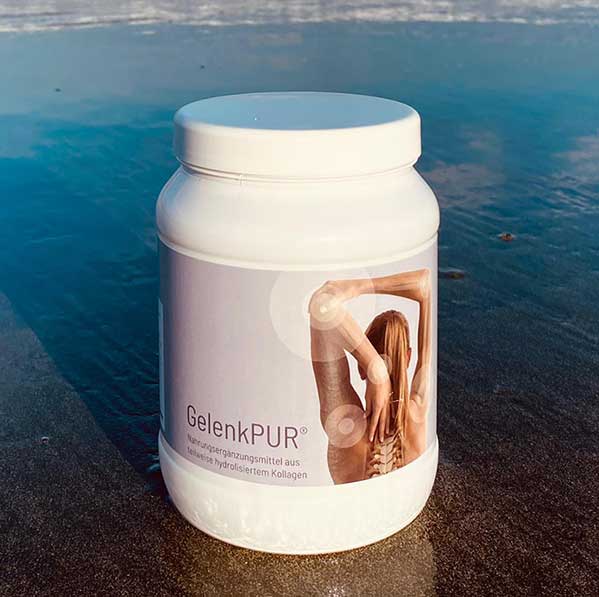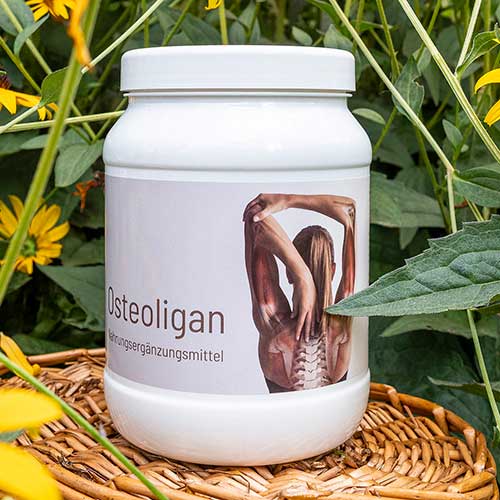Più libertà di movimento in tutte le situazioni
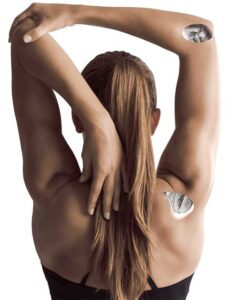
La cartilagine – per un movimento gradevole
La cartilagine articolare è responsabile a ridurre l’attrito delle articolazioni ed è importante per il nostro movimento. Una cartilagine sana rende le articolazioni in forma e i movimenti gradevoli. Il collagene è un componente chiave della cartilagine. Lui fornisce struttura e forza. Purtroppo, una maggiore usura della cartilagine può limitare la mobilità.
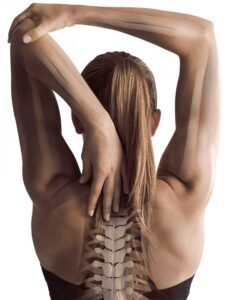
Le ossa – per la stabilità del corpo
Circa il 95% della matrice ossea è costituita da collagene10. Si sa anche che il nostro osso è in costante rimodellamento11. Con l’avanzare dell’età ma anche carichi elevati possono indurre ad un indebolimento della struttura ossea.
I peptidi di collagene bioattivi possono svolgere un ruolo importante nel mantenimento di una struttura ossea normale. Degli studi hanno documentato un effetto dei peptidi di collagene specifici (FORTIBONE) sulla mineralizzazione ossea14-17. Così ci si può aiutare l’osso a mantenere una struttura normale.
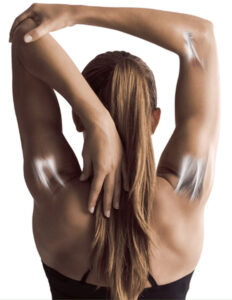
Legamenti e tendini – per un movimento controllato
I legamenti e i tendini consentono il movimento entro un ramo ragionevole. Tuttavia, anche un passo sbagliato può provocare una distorsione. Un periodo di riposo o delle bende sono già un grande aiuto.
Un effetto di specifici peptidi di collagene bioattivi (TENDOFORTE) è stato osservato in vari studi18-21. L’effetto positivo è stato riscontrato sia nella vita quotidiana e anche durante l’attività sportiva. Ciò ha portato ad una mobilità migliorata e anche ad un aumento della qualità di vita.
60.00 CHF incl IVA
- Unterstützt die Beweglichkeit
- Componenti naturali per la cartilagine
- Contiene il collagene FORTIGEL®
85.00 CHF incl IVA
- Per il mantenimento dell’osso normale
- Componenti naturali per osso e tessuto connetivo
- Contiene il collagene FORTIBONE® & TENDOFORTE®
Letteratura
- Zdzieblik, D. et al. ‘The Influence of Specific Bioactive Collagen Peptides on Knee Joint Discomfort in Young Physically Active Adults: A Randomized Controlled Trial.’ Nutrients, 2021; 13, 523
- Zdzieblik D et al. ‘Improvement of activity-related knee joint discomfort following supplementation of specific collagen peptide’ Appl Phsiol Nutr Metab. 2017 Jun; 42(6): 588-595
- Gonçalves FK. ‘Impact of collagen hydrolysate in middle-aged athletes with knee and ankle osteochondral lesions: A case series.’ Int J Case Rep Images 2017; 8(6): 364–369
- Oesser S et al. ‘Efficacy of specific bioactive collagen peptides in the treatment of joint pain’ Osteoarthritis and Cartilage 2016; Vol. 24, Suppl. 1: 189
- McAlindon TE et al. ‘Change in knee osteoarthritis cartilage detected by delayed gadolinium enhanced magnetic resonance imaging following treatment with collagen hydrolysate: a pilot randomized controlled trial’ Osteoarthritis and Cartilage 2011; Vol. 19 (4): 399 – 405
- Oesser S et al. ‘Prophylactic treatment with a special collagen hydrolysate decreases cartilage tissue degeneration in the knee joints’ Osteoarthritis Cartilage 2008; 16 (Suppl 4): p. S45
- Clark KL et al. ‘24-Week study on the use of collagen hydrolysate as a dietary supplement in athletes with activity-related joint pain. ’Current Medical Research and Opinion 2008; Vol. 24 (5); 1485–1496
- Oesser S et al. ‘Orally administered collagen hydrolysate halts the progression of osteoarthritis in STR/ort mice’ Osteoarthritis and Cartilage 2007, Vol. 15, Supplement C61-C62, 94
- Oesser S, Seifert J ‘Stimulation of type II collagen biosynthesis and secretion in bovine chondrocytes cultured with degraded collagen ‘ Cell Tissue Res 2003; 311: 393–399.
- Wirth JC, Zichner L ‘Orthopädie und orthopädische Chirurgie’ 1. Auflage. Thieme Stuttgart 2003, ISBN 3-13-126171-4, Kapitel 1.11.2
- Lüllmann-Rauch R ‘Taschenlehrbuch Histologie’ 5. Auflage. Thieme Stuttgart 2015, ISBN 978-3-13-120245, Kapitel 8.4. Knochen
- Body J et al. ‘Non-pharmacological management of osteoporosis: a consensus of the Belgian Bone Club.’ Osteoporos Int. Band 22, Nr. 11, 2011, S. 2769–2788, doi:10.1007/s00198-011-1545-x.
- Bonaiuti D et al. ‘Exercise for preventing and treating osteoporosis in postmenopausal women.’ Cochrane Database Syst Rev. Band 3, doi:10.1002/14651858.CD000333.
- Zdzieblik D et al. ‘Specific Bioactive Collagen Peptides in Osteopenia and Osteoporosis: Long-Term Observation in Postmenopausal Women’ Journal of Bone Metabolism 2021;28(3):207-213. DOI: https://doi.org/10.11005/jbm.2021.28.3.207
- König D et al. ‘Specific Collagen Peptides Improve Bone Mineral Density and Bone Markers in Postmenopausal Women—A Randomized Controlled Study ’ Nutrients 2018; 10(1): 97
- Argyrou C et al. ‘Effect of calcium and vitamin D supplementation with and without collagen peptides on bone turnover in postmenopausal women with osteopenia’ J Musculoskelet Neuronal Interact. 2020 Mar 3;20(1):12-17.
- Knefeli HC, Müller-Autz M ‘Improved bone healing after oral application of specific bioactive collagen peptides’ Nutrafoods 2018; 17:185-188
- Praet SFE et al. ‘Oral Supplementation of Specific Collagen Peptides Combined with Calf-Strengthening Exercises Enhances Function and Reduces Pain in Achilles Tendinopathy Patients’ Nutrients. 2019; 11(1): 76.
- Dressler P et al. ‘Improvement of Functional Ankle Properties Following Supplementation with Specific Collagen Peptides in Athletes with Chronic Ankle Instability’ Journal of Sports Science and Medicine 2018; 17, 298-30
- Schunck M, Oesser S ‘Specific collagen peptides benefit the biosynthesis of matrix molecules of tendons and ligaments’ J Int Soc Sports Nutr 2013, 10, P23.
- Moskowitz R ‘Role of collagen hydrolysate in bone and joint disease’ Semin Arthritis Rheum. 2000 Oct;30(2):87-99
